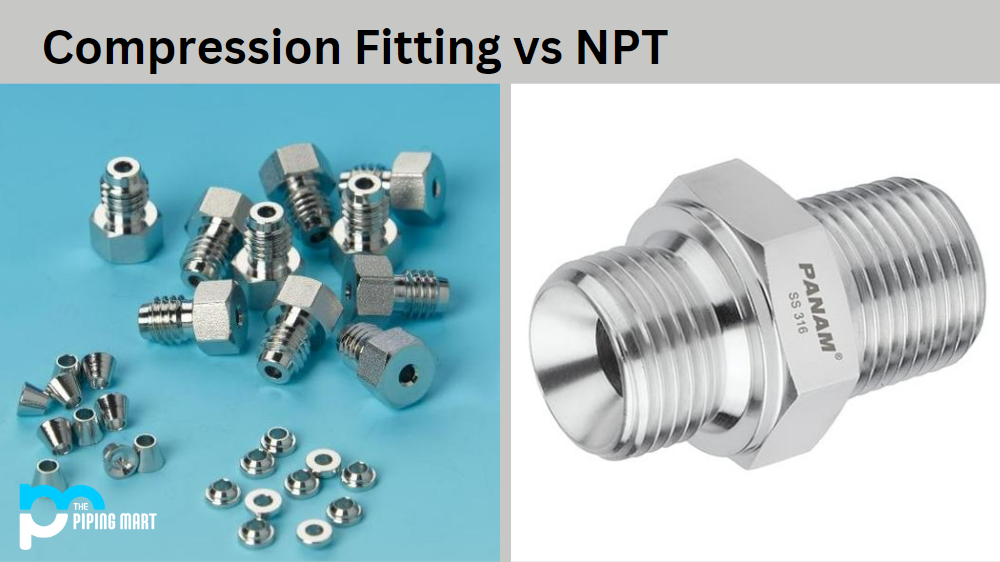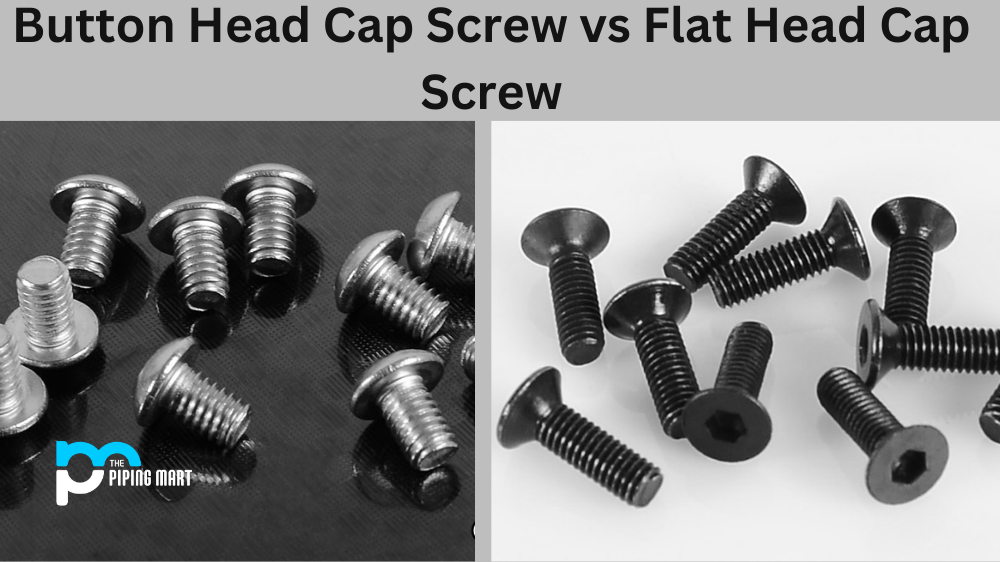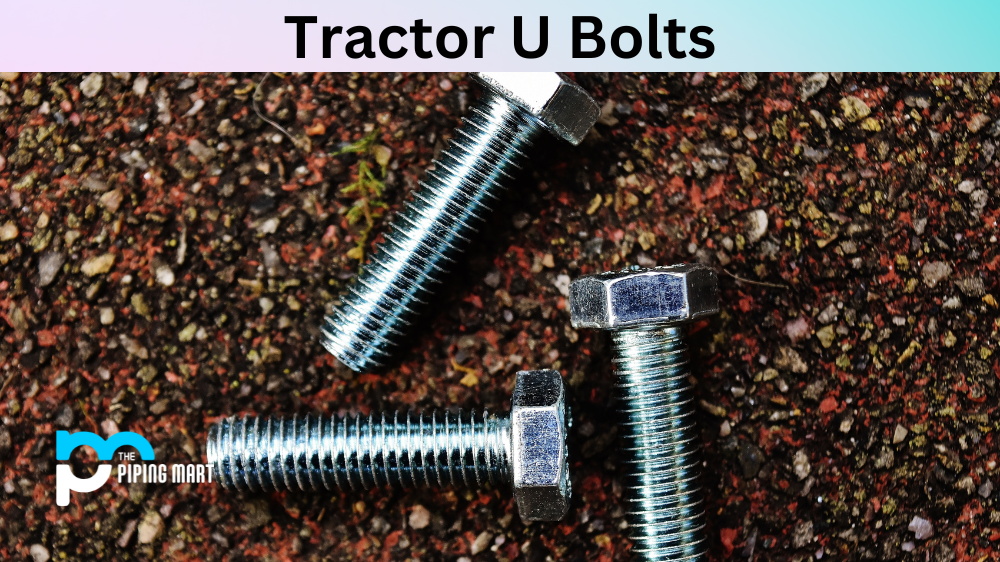If you’re in the construction or manufacturing industry, you’ve probably heard of compression fitting and NPT. But what is the difference between them? Compression fitting and NPT both provide secure connections. Still, they have distinct advantages and disadvantages that should be considered when selecting which one to use for a particular project. Let’s take a look at what sets them apart.
Compression Fitting
Compression fittings are used to create a tight seal between two pipes or tubes without having to solder them together. This type of fitting consists of three components – a nut, an insert, and an outer body (also known as a ferrule). As the nut is tightened onto the pipe, the ferrule compresses against the pipe and insert, creating a tight seal. The advantage of using compression fittings is that they can be easily installed in hard-to-reach places, making them ideal for projects with limited space or when working around other objects.
NPT (National Pipe Thread)
NPT is also commonly used to connect pipes and tubes securely, but unlike compression fittings, they require soldering or thread tape or paste to create a tight seal. NPT threads are tapered so that as they are tightened onto each other, they form an interference fit which creates the seal. The advantage of using NPT over compression fittings is that it provides more secure connections due to its ability to create an interference fit when tightened correctly. However, this also means that it takes more time to install than compression fittings as soldering needs to be done and cleaning any residue afterwards.
Difference Between Compression Fitting and NPT
How do Compression Fittings Work?
Compression fittings work by compressing the tube or pipe that they are connected to. This creates a watertight seal that prevents leaks. The amount of compression can be adjusted by turning the nut on the fitting, which allows for a perfect fit every time.
How do NPT Fittings Work?
NPT fittings work by compressing the tube or pipe that they are connected to. This creates a watertight seal that prevents leaks. The amount of compression can be adjusted by turning the nut on the fitting, which allows for a perfect fit every time.
Advantages of Compression Fittings
One advantage of compression fittings is that they are easy to install and remove, making them ideal for applications where frequent maintenance is required. Compression fittings do not require soldering, which can be difficult and time-consuming. Finally, compression fittings create stronger joints than solder joints and are less likely to leak over time.
Advantages of NPT Fittings
One advantage of NPT fittings is that they are easy to install and remove, making them ideal for applications requiring frequent maintenance. Additionally, NPT fittings do not require soldering, which can be difficult and time-consuming.
Conclusion:
When deciding between compression fitting vs NPT for your project, there are several factors you need to consider, such as installation time, cost and security of connection. Compression fitting requires less time for installation but may not provide as secure a connection as NPT does. In contrast, NPT provides more secure connections but takes longer for installation due to the need for soldering and cleaning up afterwards. Ultimately, it will depend on your specific needs and which type of connection you choose to get the best result from your project.

Pipingmart is a B2B portal that specializes in metal, industrial and piping items. Additionally, we share the latest information and information about materials, products and various types of grades to assist businesses that are involved in this business.




